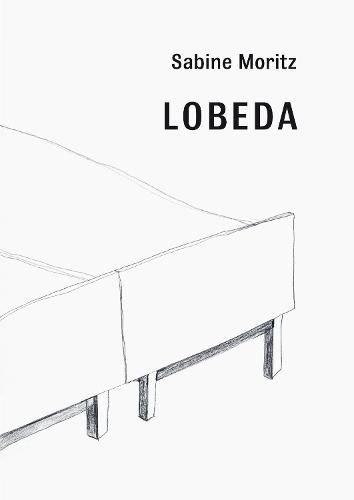Readings Newsletter
Become a Readings Member to make your shopping experience even easier.
Sign in or sign up for free!
You’re not far away from qualifying for FREE standard shipping within Australia
You’ve qualified for FREE standard shipping within Australia
The cart is loading…






In Lobeda, the artist’s book from 2010, Sabine Moritz remembers her childhood spent in a prefab housing estate near Jena, Germany, in 149 pencil drawings.
The Neulobeda district is a densely populated area characterised by high-rise concrete buildings and modernist urban planning. This urban landscape was to have a profound effect on the young Moritz, which would later manifest itself in her work. While studying at the Offenbach University of Art and Design, Moritz began drawing her memories of Lobeda. The first body of her drawings from the early 1990s is published here.
Moritz sketches the bus stations, tramways and high-rise blocks of Lobeda. Details are included of windows, balconies and entranceways overlooking roads and pavements meandering between them. Inside, communal stairwells with winding banisters lead to private living spaces furnished with chairs, beds, table lamps and coat pegs that are etched in the artist’s memory.
$9.00 standard shipping within Australia
FREE standard shipping within Australia for orders over $100.00
Express & International shipping calculated at checkout
In Lobeda, the artist’s book from 2010, Sabine Moritz remembers her childhood spent in a prefab housing estate near Jena, Germany, in 149 pencil drawings.
The Neulobeda district is a densely populated area characterised by high-rise concrete buildings and modernist urban planning. This urban landscape was to have a profound effect on the young Moritz, which would later manifest itself in her work. While studying at the Offenbach University of Art and Design, Moritz began drawing her memories of Lobeda. The first body of her drawings from the early 1990s is published here.
Moritz sketches the bus stations, tramways and high-rise blocks of Lobeda. Details are included of windows, balconies and entranceways overlooking roads and pavements meandering between them. Inside, communal stairwells with winding banisters lead to private living spaces furnished with chairs, beds, table lamps and coat pegs that are etched in the artist’s memory.